
Developing a Derby Horse with Jenny Karazissis
Blog
Developing a Derby Horse with Jenny Karazissis
Athletic. Brave. Brilliant. Those are qualities used to describe derby horses, and Jenny Karazissis is one of the best at identifying those qualities in a horse. Jenny is one of the top 10 hunter riders in the nation and has been involved with derbies since their inception, participating with the committee that created them. With lifetime earnings of over $300,000 in derbies, we asked Jenny how she identifies and develops her derby horses.
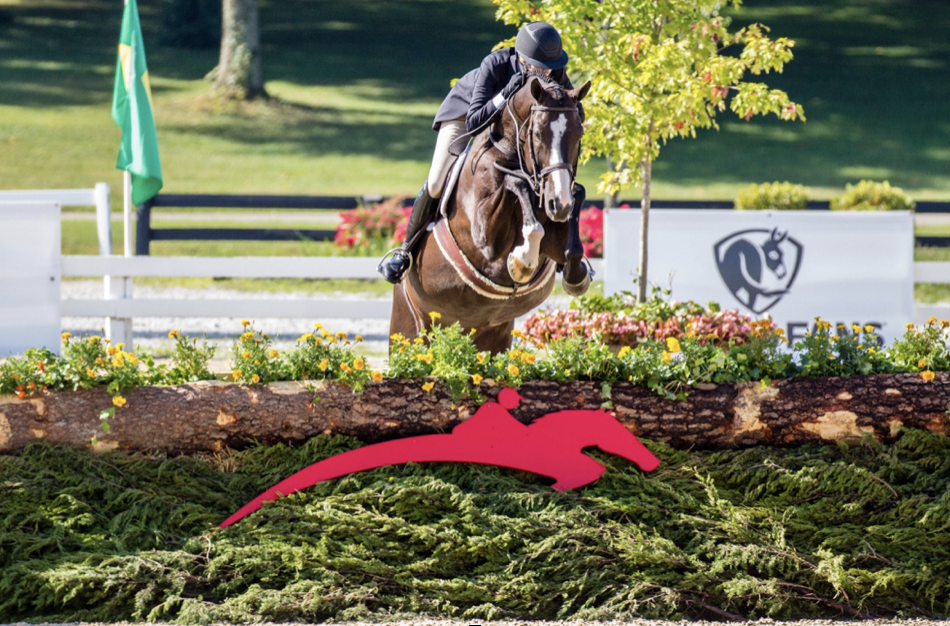
Really. Photo courtesy of Michelle Cobb.
“As far back as I can remember, I wanted a pony or horse and was begging my parents to get me one,” Jenny says. “Shari Rose was my babysitter (and she’s now a trainer) and I started riding with her at 7-years old on her horse, and never stopped.”
The Karazissis family owns and operates Far West Farms in Calabasas and includes Jenny and her husband Kost, brother-in-law Nick, and a talented staff of trainers. The family tradition continues as Katrina, Jenny and Kost’s daughter, and Nick Jr. and Cassandra, Nick’s children, all have their own clients and stables.
Jenny has served on the National Hunter Jumper Association and in various other committees throughout her career. She and Kost received the 2020 Old Springhouse Perpetual Trophy at Capital Challenge, as winners of the WCHR Lifetime Achievement Award.
“I was very excited about derbies because interest and numbers of hunters were dwindling at that time,” Jenny says. “The derby sparked a renewed excitement in hunters, it was a shot in the arm for me, they are always exciting. Right away I can tell if a horse will be a good fit for derbies. Of course, I still give it time, but the ones that have excelled I felt an immediate connection with.”
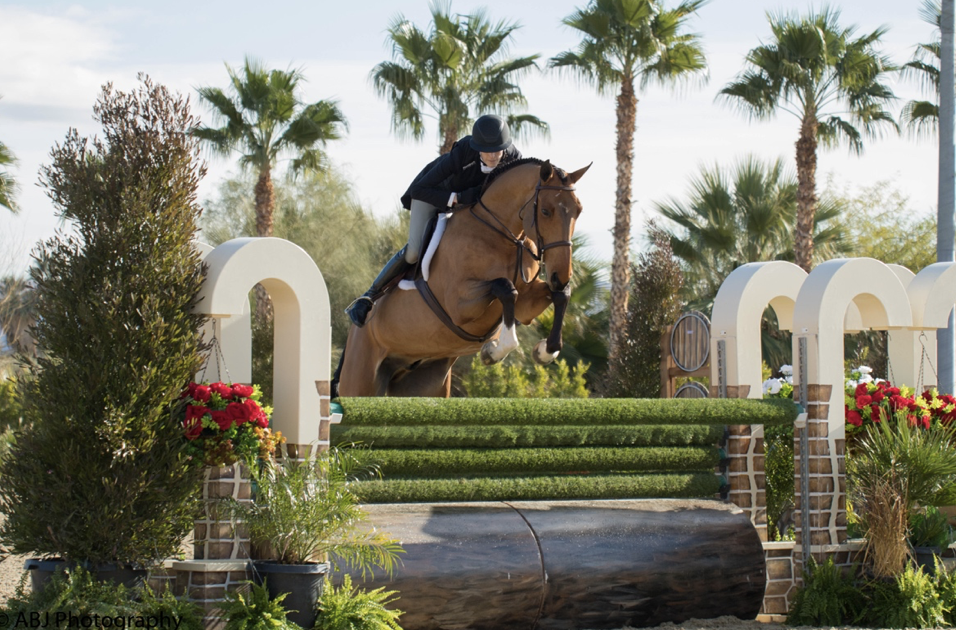
Cartier Du Rouet. Photo credit to Anna Jacoby.
Developing a Derby Horse
A good brain is essential in a derby horse. Jenny adds that athletic ability is crucial too, but a brain and a horse accepting of your training is essential. Good movement and an attractive horse are an added bonus. In hunters the good movement and beauty are primary considerations. With a derby horse you don’t need them to be a 10 in movement and conformation – they can still excel in derbies without that.
Not all hunters can be a derby horse. In the hunter ring, it’s basically the same thing at every show. Derbies are in a larger arena – including Grand Prix rings, sometimes compete at night under the lights, and see different types of fences. Some horses can’t handle all these variables.
“You develop a derby horse more than find one,” Jenny says. “If you are riding a horse and it has a little more scope, is very brave and broke, then you might try it in some little jumper classes and test it. Then, try a derby and test the waters. Don’t take all the high options, just ride it to see how the horse does. Once you know it can handle a derby mentally and physically you can start pushing them to win.”
The Horses
Jenny loves all the horses she rides and that’s evident as you listen to her enthusiastically describe each horse, their personality, and accomplishments. She has a lot of memorable horses in her career. “Of course, the ones I’m riding right now come to mind. I’ve been so fortunate to ride so many good horses and I don’t want to leave any out. Each of the horses brings back so many memories.”
Airwolfe was a horse Jenny had before the derbies started, but she notes that he would have been a great derby horse. Touchstone and Red Panda put Jenny on the map as far as going back east and showing. “I’ll forever be grateful to Karen Healey for having me ride the horses.”
When derbies first started, Jenny rode a horse named Forbes and took him to the first derby championship in Kentucky. “You need a higher caliber horse to be competitive at the championship – it’s a higher level and tougher course than the weekly derbies. It’s held in the Rolex arena at the Kentucky Horse Park. The four high options are significantly bigger, sometimes up to 4'9". You need scope, and the handy round is at night. It takes a very brave horse to compete in the championships.”
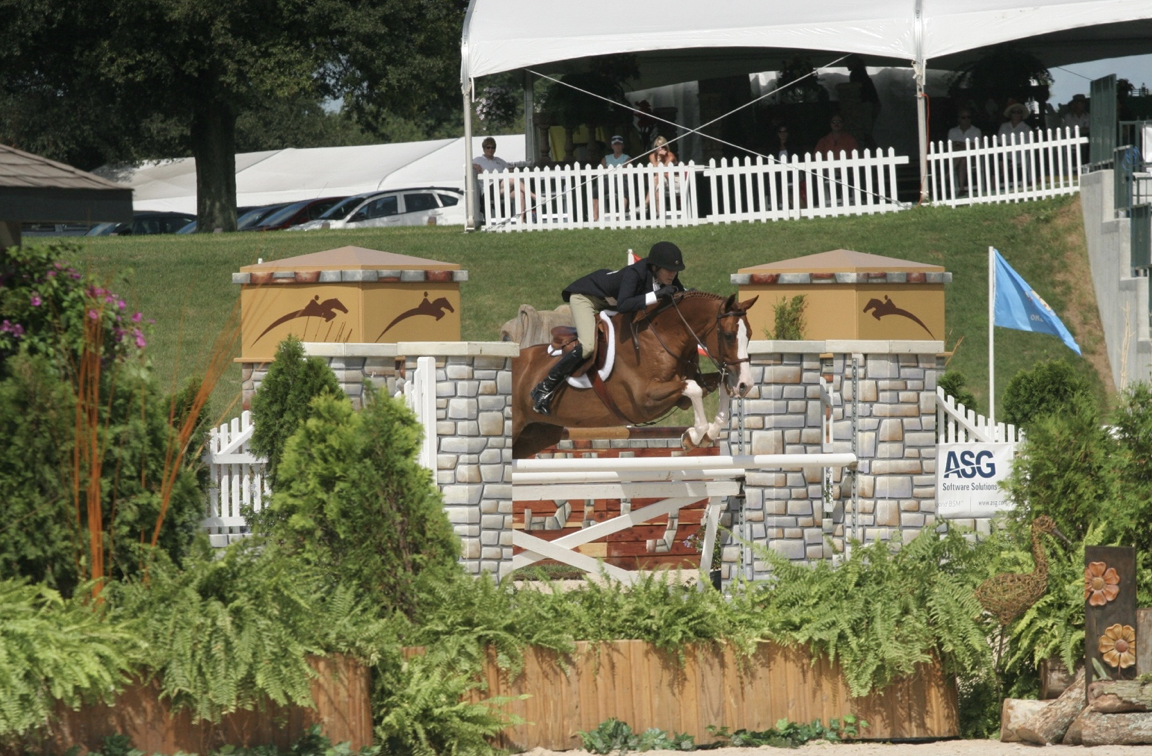
Forbes and Jenny at the first Derby Championship in Kentucky, Photo courtesy of Jenny Karazissis.
“Two Of Hearts was a Quarter Horse that Nick found when he was giving a clinic,” Jenny says. “Two of Hearts was used by medics when they were riding the hillsides on search and rescue missions. We sold him six months after Nick found him while competing at Indoors. It proves that you can find a horse in obscurity and it can become famous.”
Notorious was a very difficult horse. The veterinarian completing the pre-purchase exam said not to buy her – there was something wrong with each of her four legs. Far West Farms bought her anyway and Notorious went on to win and never took a lame step. Jenny says the horse was a gamble that paid off.
Big Shot is a horse that Jenny has had since the start of his career. They won the $50,000 USHJA International Hunter Derby at Desert Circuit VII on March 13th with scores of 97 and 93. “He has all those qualities I’m looking for, and so much heart. I’m so lucky to ride him. When Buffy and Rick Oas called to tell us they had a special horse that we should see, Kost and I went to try him. Kost is a big part of decision making when it comes to the horses I ride and show. The first time I rode Big Shot, I knew I had to have him. Our client, Dulcie Lou Morris bought him, and she let us bring him along for two years before she rode him. Dulcie’s off to college now, and I’m excited to continue his career.”
Undeniable is another horse of a lifetime for Jenny. He was a catch ride for trainer Mary Gatti, but she wanted so badly to continue riding him. Hope Town Farms, one of her clients, bought him and Jenny rode him with a lot of success.
Really is a current mount and catch ride, trained by Devon Gibson. “He’s an exceptional horse. There is no derby course you need to be concerned with on this horse – he’s amazing and can do anything. All of my horses have been wonderful and successful in their own unique way.”
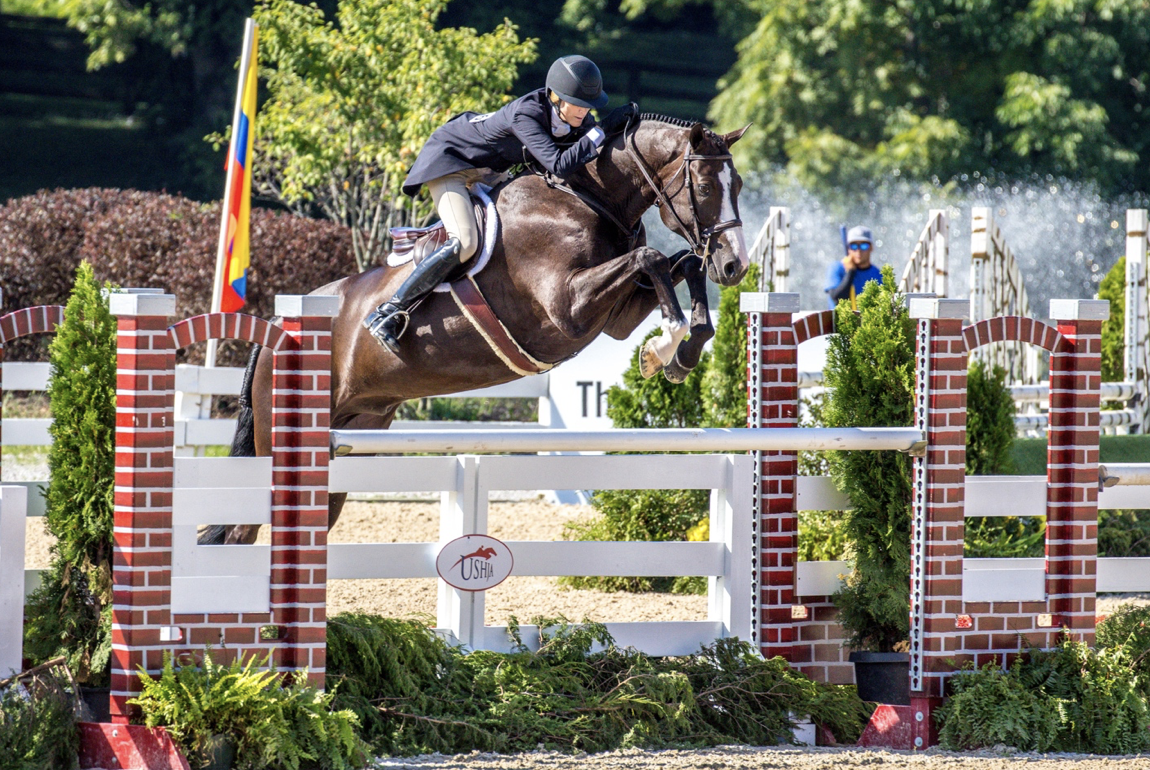
Really. Photo courtesy of Michelle Cobb.
Looking Ahead
“The $50,000 derby is a great option because many are only $10-15,000 in prize money,” Jenny says. “We need more $50,000 derbies to prepare horses for the championships. Derbies certainly aren’t like the Grand Prix for jumpers – but it is the hunter Grand Prix, and it should be difficult and tough.”
Jenny entered three horses in the $100,000 WCHR West Coast Hunter Spectacular at Desert International Horse Park on March 19th, including Big Shot and two very promises young horses, Picnic and Cartier Du Rouet. Picnic is a six-year-old owned by Lisa Hankins and is impressively brave and laid back for his young age. Cartier Du Rouet was imported by Heidi Kane and has placed in multiple derbies. “I’m really appreciative to management for stepping up and offering it,” she says. “I feel ready and excited about my horses.”
Although the derby has changed some over the years, much of it is the same as the original concept. One thing is certain – Jenny Karazissis will continue developing derby horses to compete at the top levels of the division.
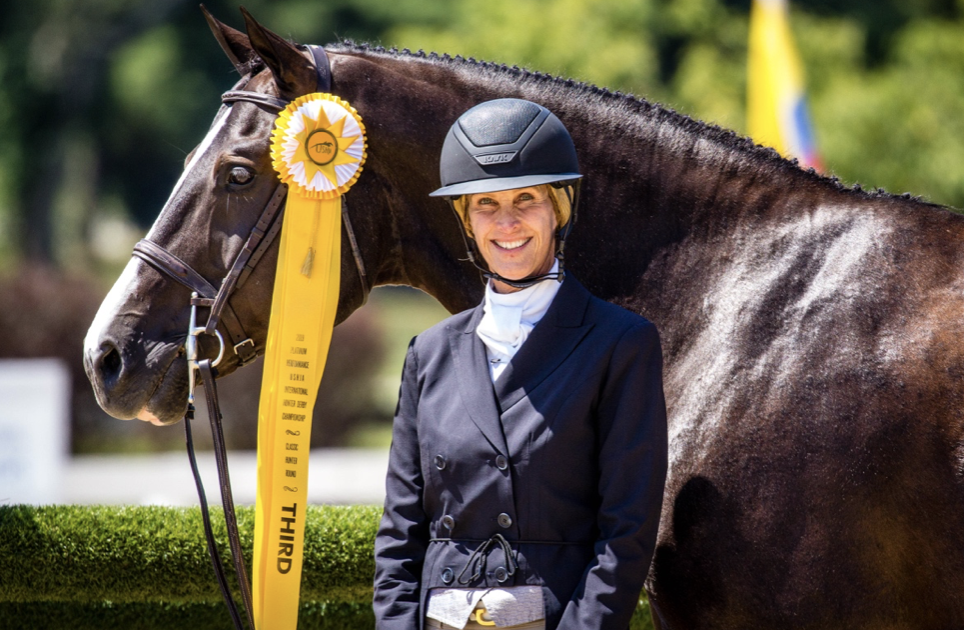
Really. Photo courtesy of Michelle Cobb.
